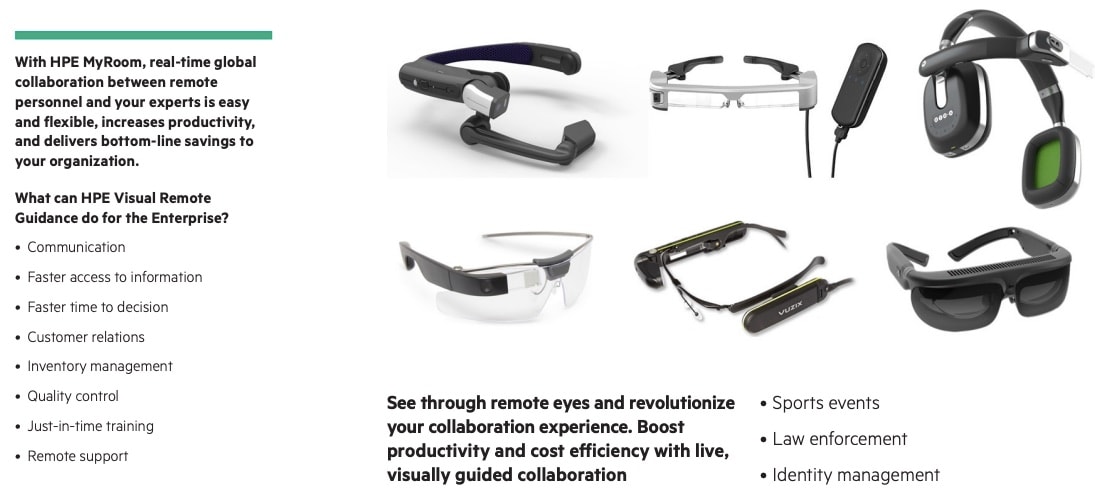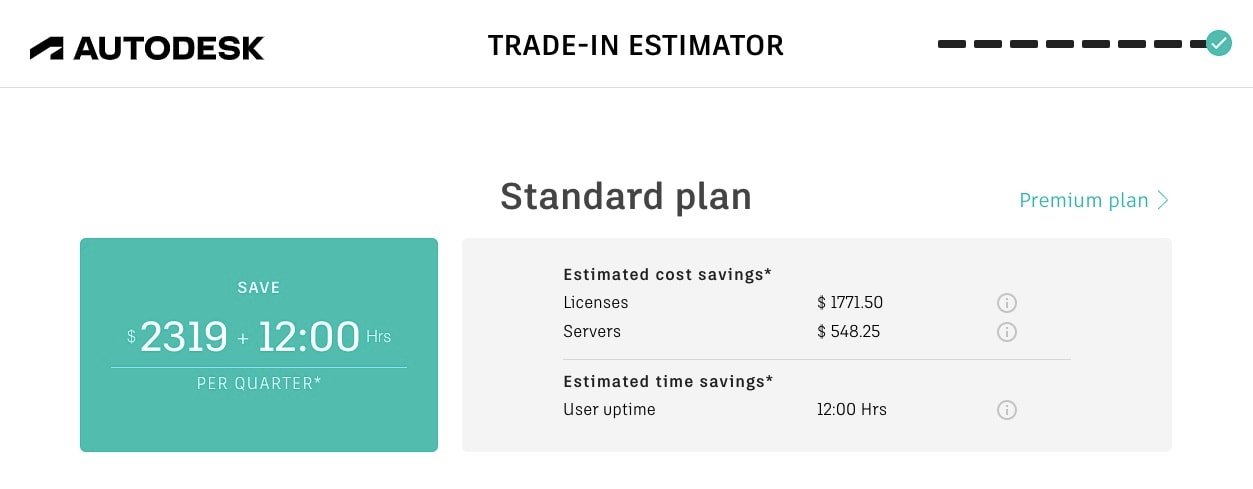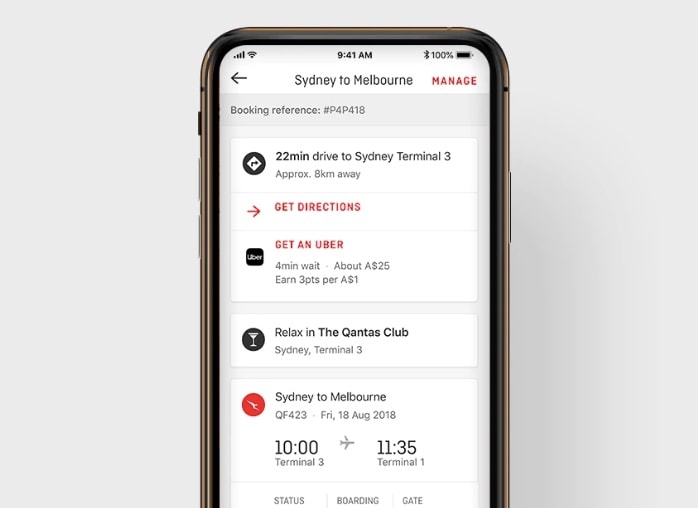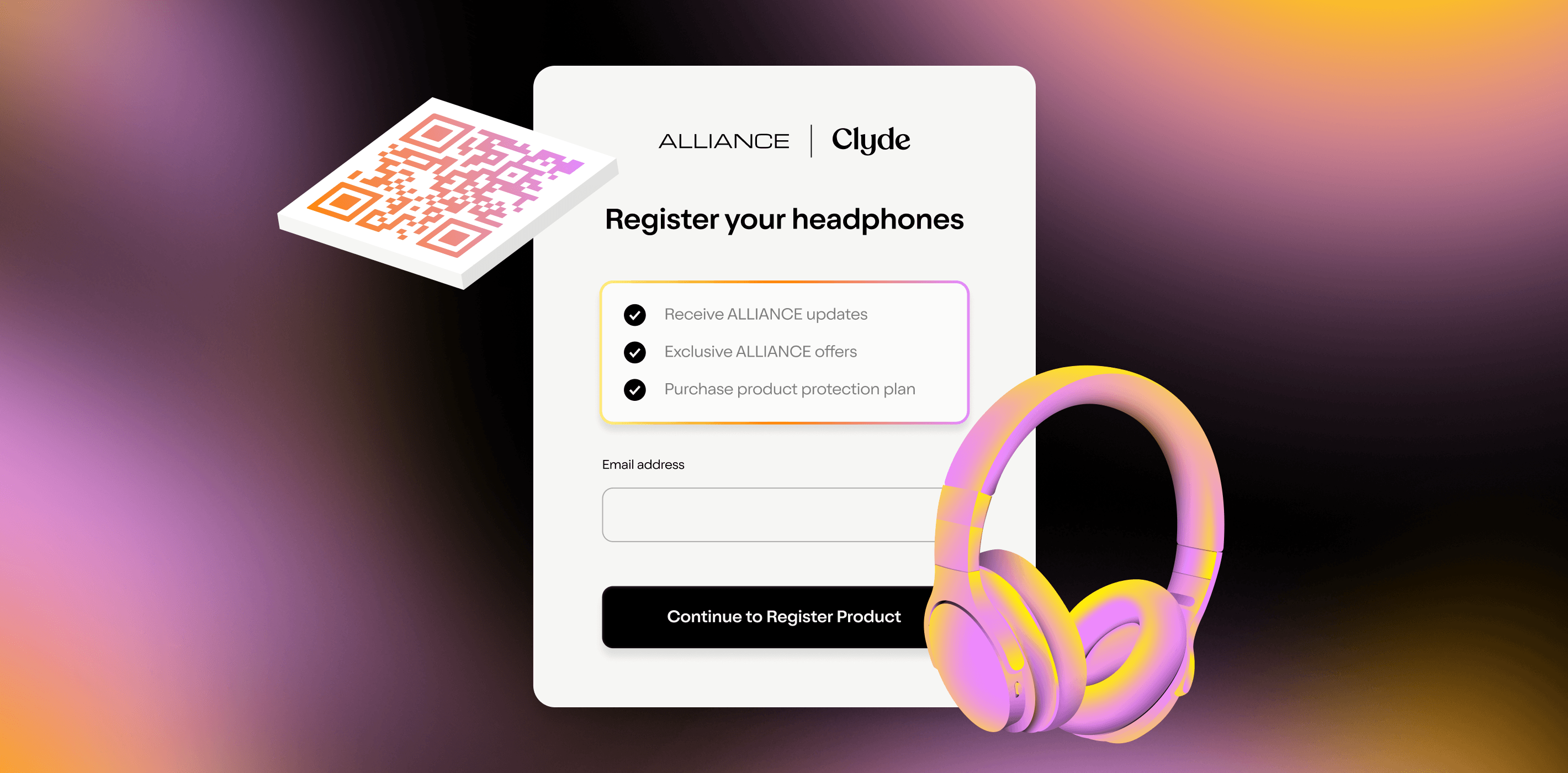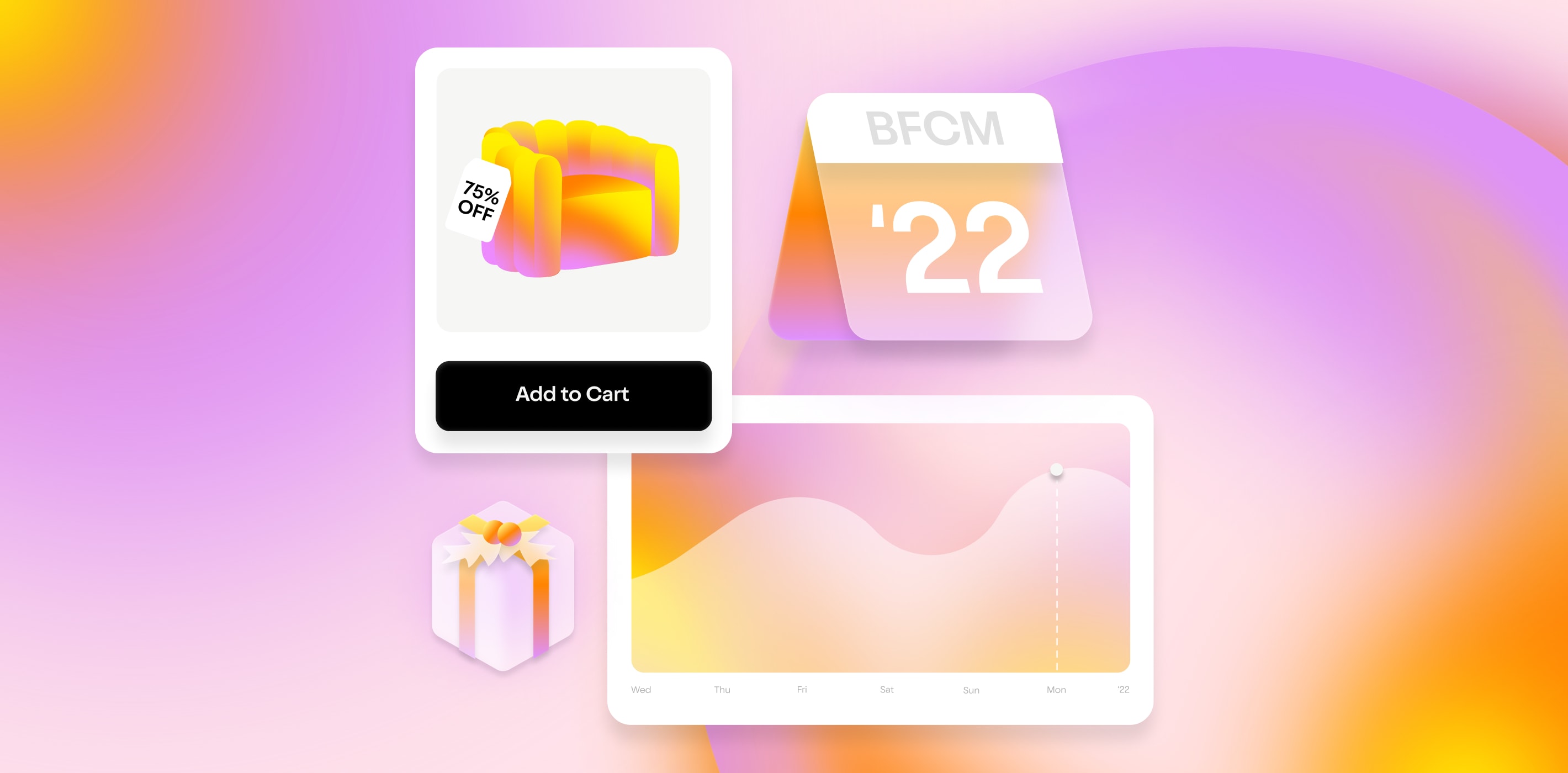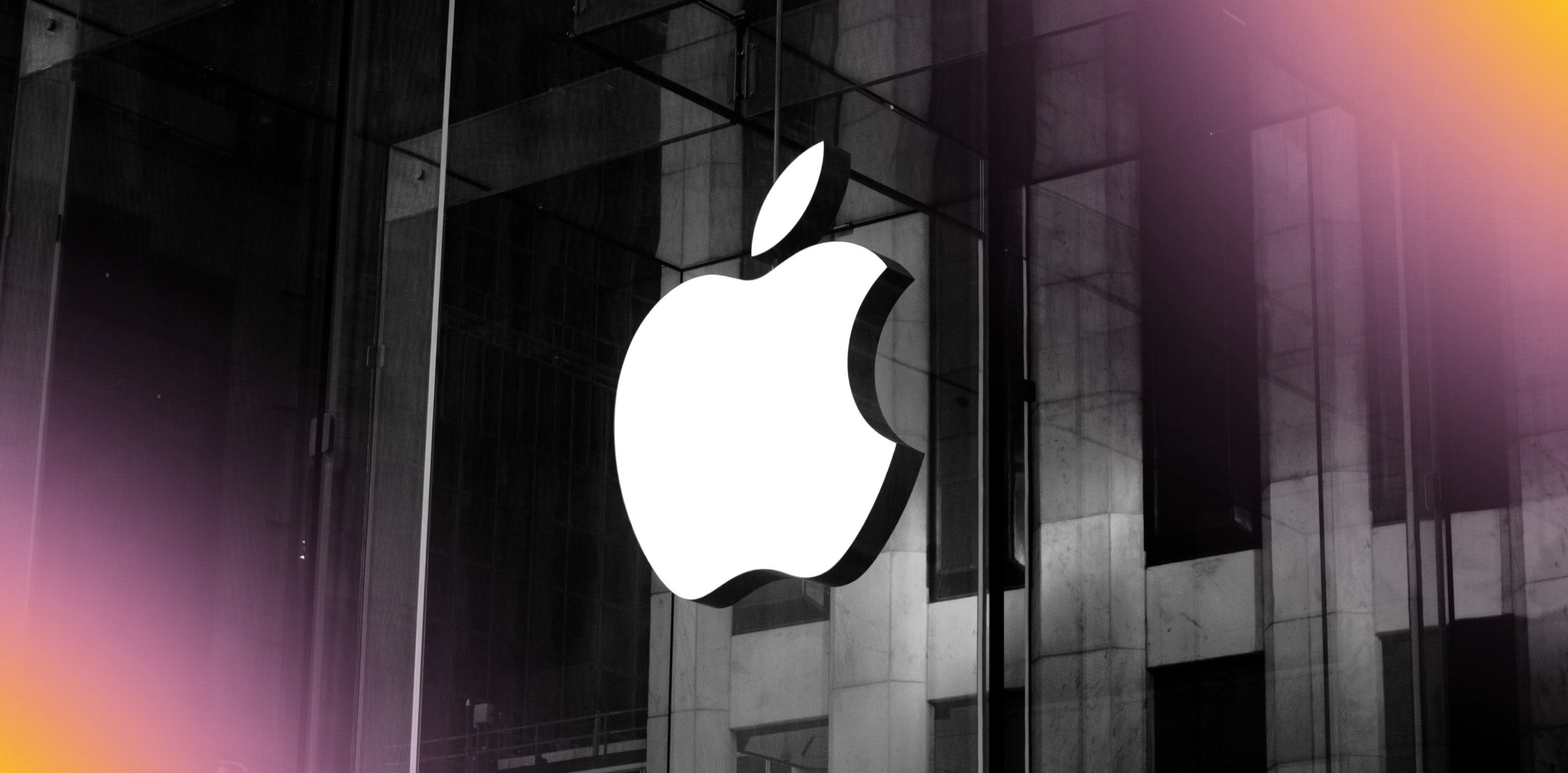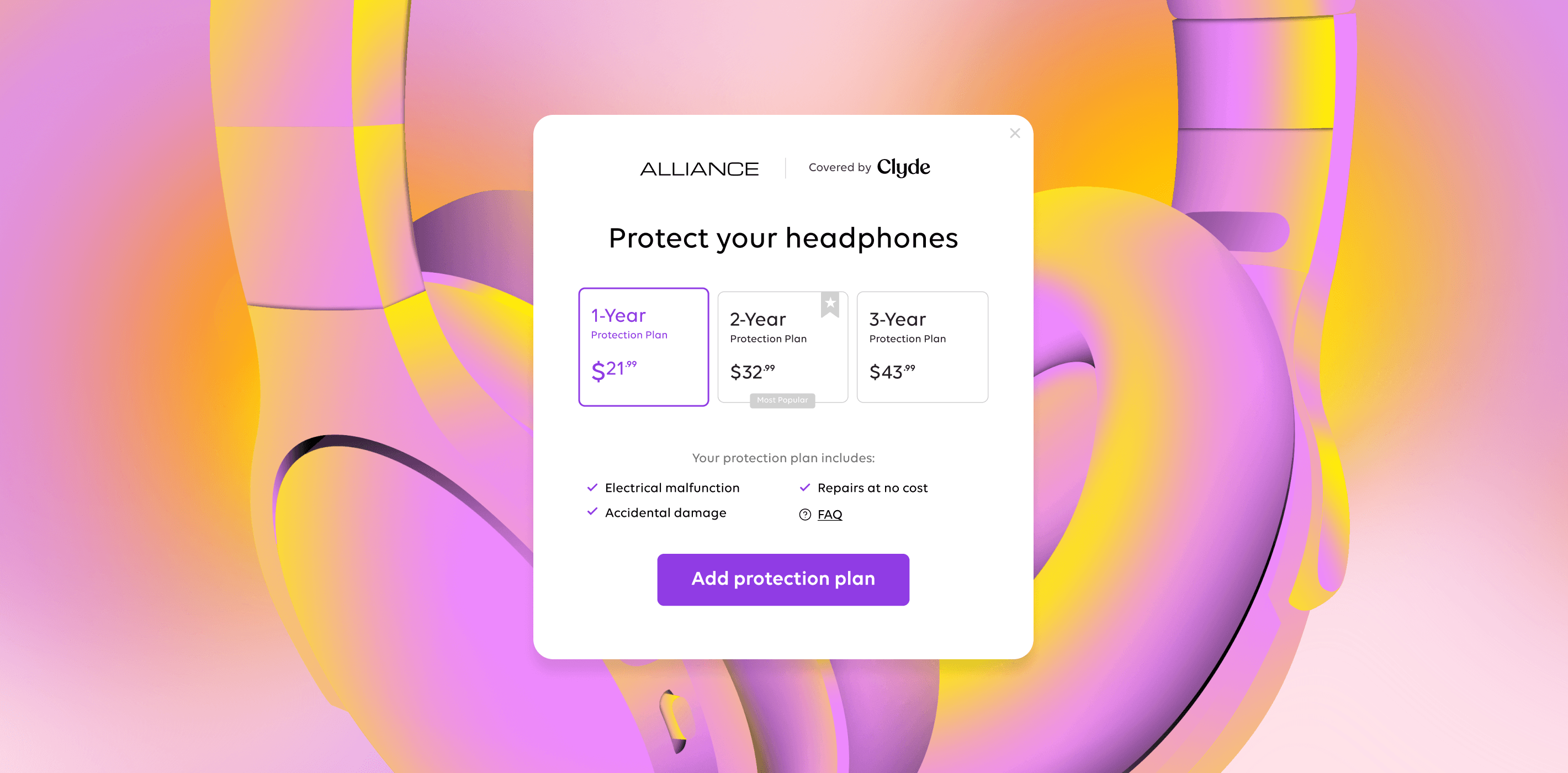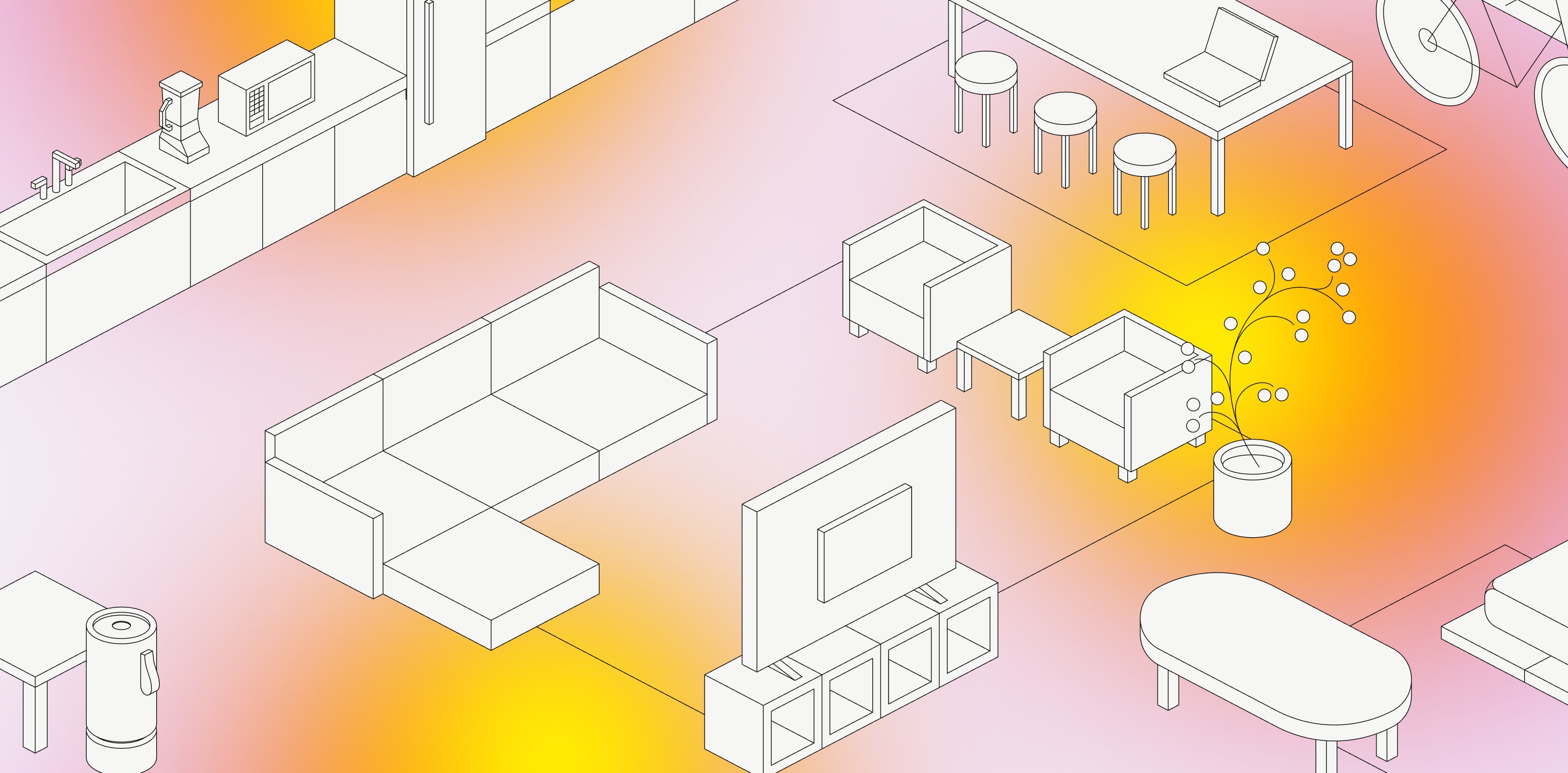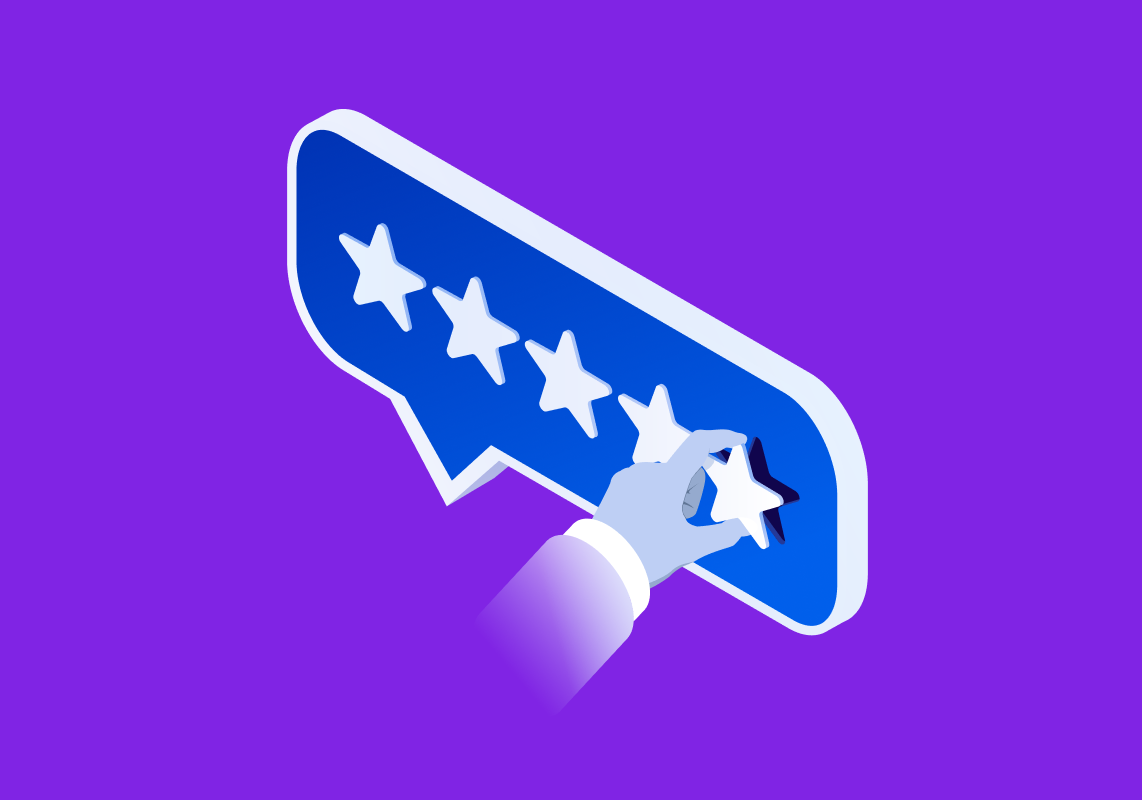How these 4 brands are raising the bar on customer experience
It used to be important that companies considered their customers’ experience.
Now it’s beyond important — it’s vital.
Making good products or delivering solid services isn’t enough. With global instability looming and the pandemic still not in the rearview mirror, consumers’ expectations for what they spend their money on are growing.
90% of business leaders say that customer expectations are at an all-time high, per HubSpot . And as Forrester identified in their 2022 consumer trends report , customers are looking for comfort, happiness, and relief from brands.
Companies that are successfully raising the bar on customer experience are those that are identifying the most stressful parts of the customer journey and figuring out how to smooth them out.
Whether that’s simplifying checkout or successfully designing a virtual try-on experience, CX leaders are paying attention to how their customers feel about their brand — and creating more avenues for those feelings to be positive.
It’s a tall order.
But leading brands are rising to the challenge.
In a macro environment plagued by ongoing challenges like a piecemeal pandemic recovery, inflation, supply chain snafus, and changing data and security laws, among others , brands are leaning on the connected technology driving Industry 4.0 (like AI, the internet of things, and advanced robotics) to transform their customers’ experience.
Here, we’ll tell you about 4 brands and how they are raising the CX bar:
1) Leveraging assisted tech: HP is embracing live, virtual guidance
You’re a remote worker using your HP computer to finish up a project. But you can’t connect to your company’s network to download the files you need.
Instead of emailing in a help ticket and waiting for the IT department to get back to you, you could use HP’s Visual Remote Guidance technology to immediately get access to an expert who can see what you see and provide real-time guidance on resolving your issue.
No phone numbers to dial. No forms to fill out. You could access visual guidance sessions by speaking a voice command out loud to your wearable device, which then connects you with the exact kind of help you’re looking for.
By combining cutting-edge wearable technology with live chat and expertise, HP is capitalizing on bringing to life a major trend in customer experience: combining the best of human customer service with tech-enabled automation. They’re also hiring for a Customer Experience Office to keep building on this and other CX innovations.
And along the way, they’re reducing the unpleasant emotions that come from needing help and feeling alone in getting it.
2) Accepting price sensitivity: Autodesk is offering flexible buying options
Most companies keep an eye on customer satisfaction in one form or another. (HubSpot’s 2022 survey found that 70% of companies kept track of that metric.) But not all of them do something with the problems they find.
Autodesk did.
The design technology company listened when their customers told them that they were confused and frustrated by the process for managing their licenses and subscriptions. So they built new products, tools, and servicing methods to address that frustration, including:
A trade-in ROI estimator that helps users determine if switching to named user license management makes sense for them (and a roadmap for tech managers who decide the answer is “yes”)
A token-based subscription option called Flex that lets users access Autodesk’s software for single 24-hour periods
A map of perpetual vs. subscription costs for users to map over time, and the promise to lock in subscription prices until 2028 for current customers
3) Using customer data for good: Qantas is offering personalized, geo-enabled guidance for every step of travel
Australia’s biggest airline has embraced the power of big data .
And not just to schedule planes, manage airports, and set ticket prices.
HBR reported in 2022 that Qantas was broadening its view of the problems it was solving for customers by looking not just at flights, but at the entire experience of flying. Their app makes personalized, location-based recommendations for customers, including:
When to leave for the airport
The best route to take depending on local conditions and traffic
How to check-in
What media to download, and in what language (and a reminder prompt to download media 24 hours before departure)
Qantas has made such productive use of their user data that they’ve launched a separate platform, called Red Planet , out of their data analytics function. They offer customer insight to third party clients via research panels filled with Qantas customers.
And Qantas’ embrace of personalization has come full circle: they make sure their airline customers feel comfortable with their data being shared by compensating them with frequent flier miles and other rewards.
4) Leveling up omnichannel retail: Whole Foods is building an immersive experience across traditional and ecommerce
When Amazon acquired Whole Foods , it was assumed that the ecomm giant — who had introduced the world to two-day shipping norms and transformed the way people bought everything from books to baby food — would use its technological prowess to level up the speciality grocery.
That’s exactly what they did.
Over the last few years, Whole Foods has led the charge on bringing omnichannel retail , a major customer experience trend, into the grocery space.
They added Whole Food products to Amazon’s Prime program, so online shoppers could now get their groceries to their front door. They added Amazon Lockers to in-person Whole Foods locations, so that customers could pick up (or return) purchases in-person. They expanded the Prime member discount to Whole Foods shopping, and convenient checkout and delivery options (like automatic checkout, home delivery, and buy online, pick up in store) to the traditional purchasing experience. In a time of increasing shopper concern, Whole Foods has worked to make customers feel safe no matter where they’re shopping from — even reserving the first hour of in-store pick-up for high-risk shoppers.
It’s no surprise that Amazon says they are “striv[ing] to be Earth’s most customer-centric company.”
Bonus: investing in employee and customer wellbeing
The examples from HP, Autodesk, Qantas, and Whole Foods are focused on making the customer experience better through direct intervention.
But there’s a bonus way to improve your brand’s CX: investing in the “employee engagement virtuous cycle.” Per Qualtrics , “highly engaged employees not only behave in ways that benefit their organization – they also create better experiences for customers.”
Improving your employees’ experience can include offering more benefits, streamlining workflows, and automating thankless tasks.
Clyde is here to help on both sides of the equation. Our Extended Warranty plans enrich the ownership experience, and our Resolution platform eases the load on your customer support team. Sign up for a demo today.
SIGN UP FOR OUR NEWSLETTER

